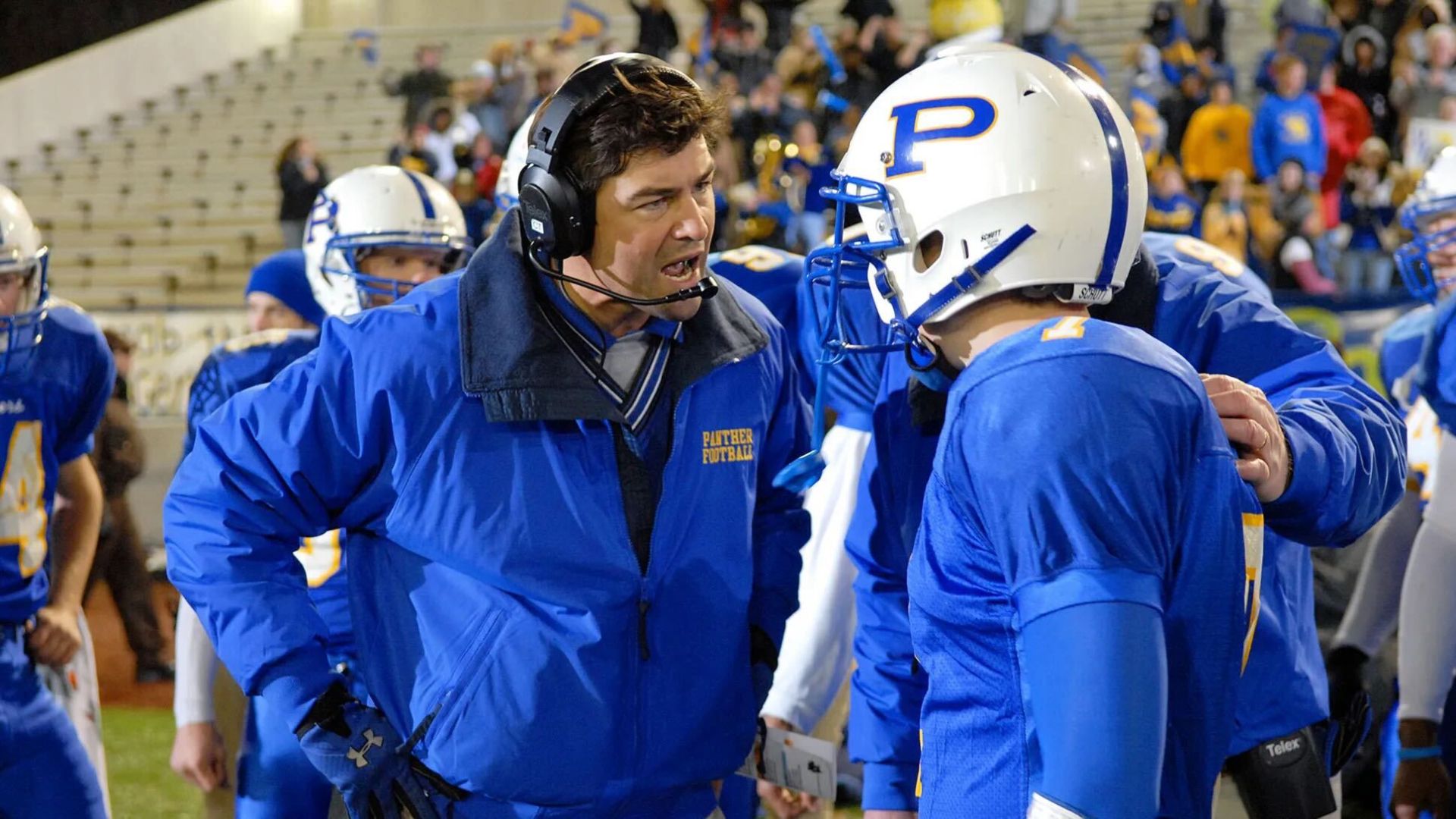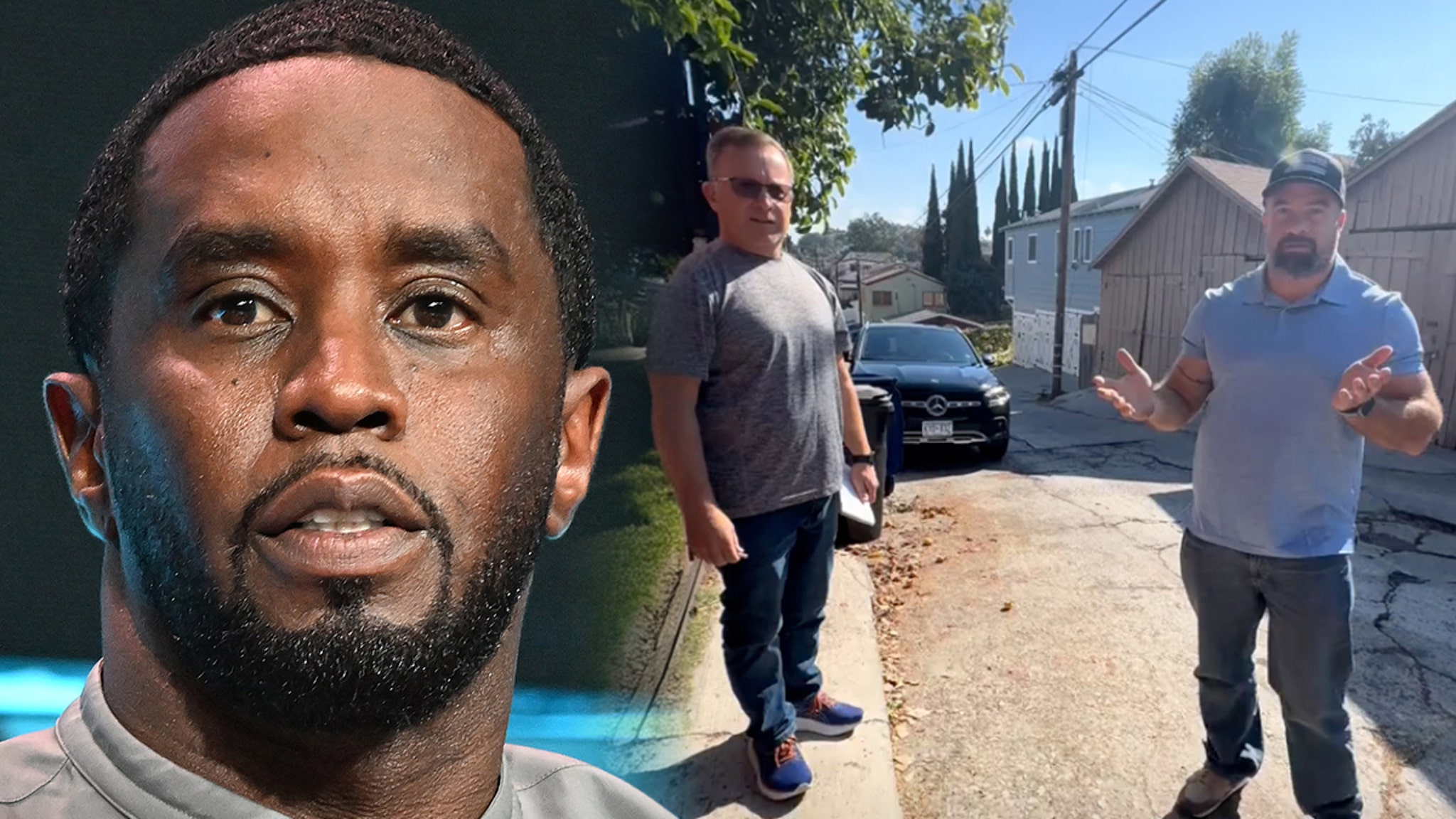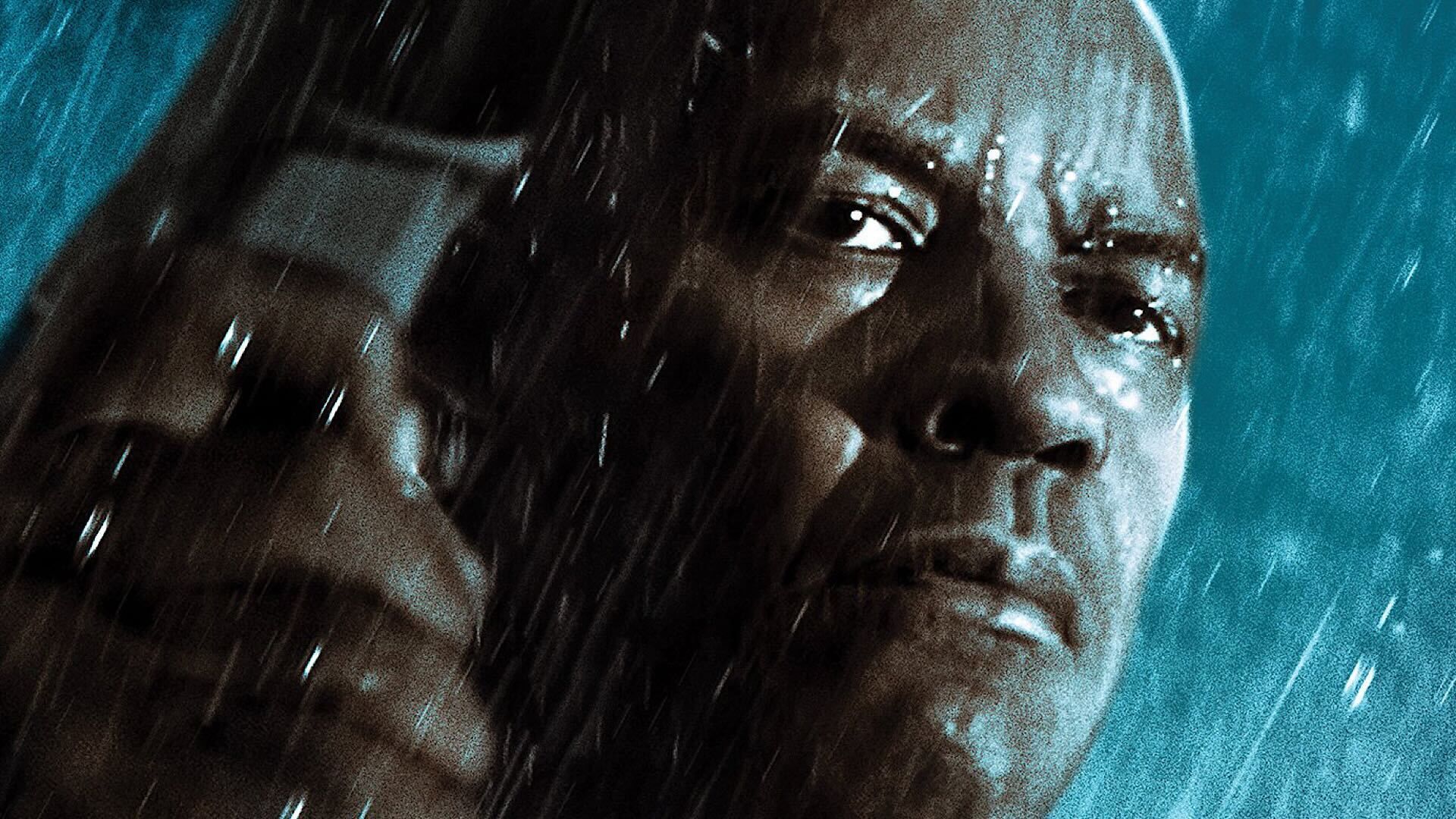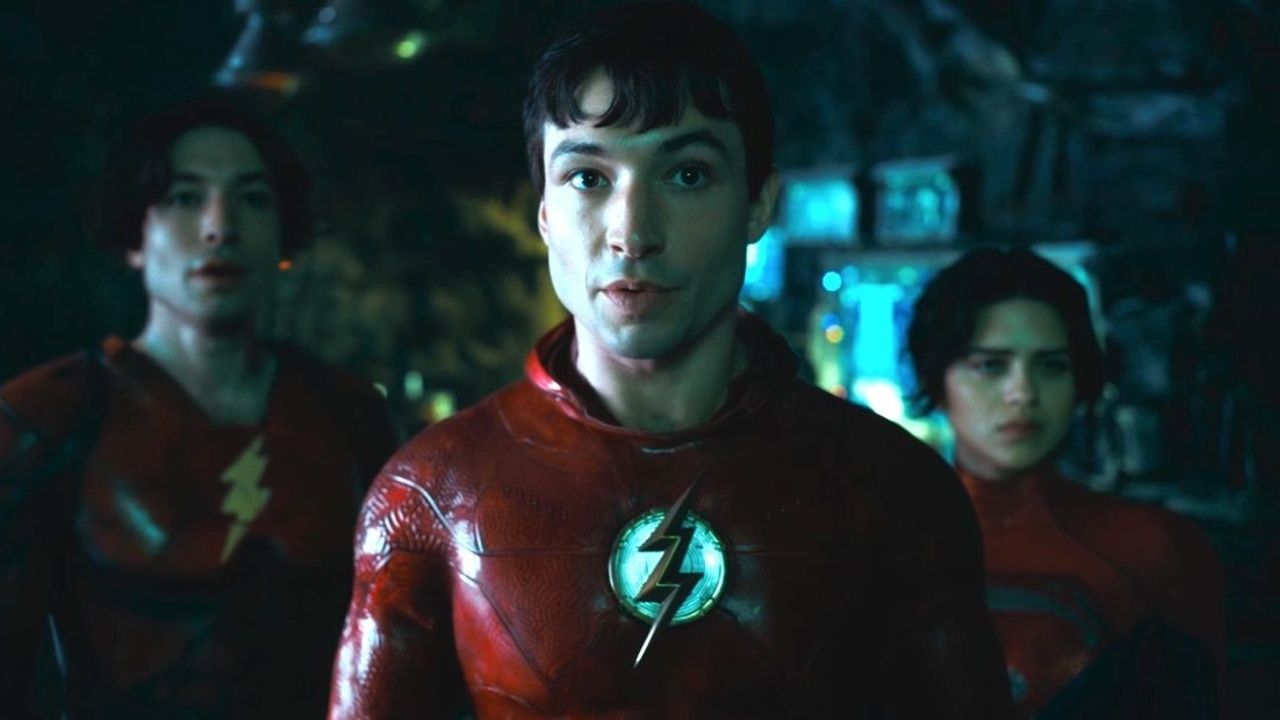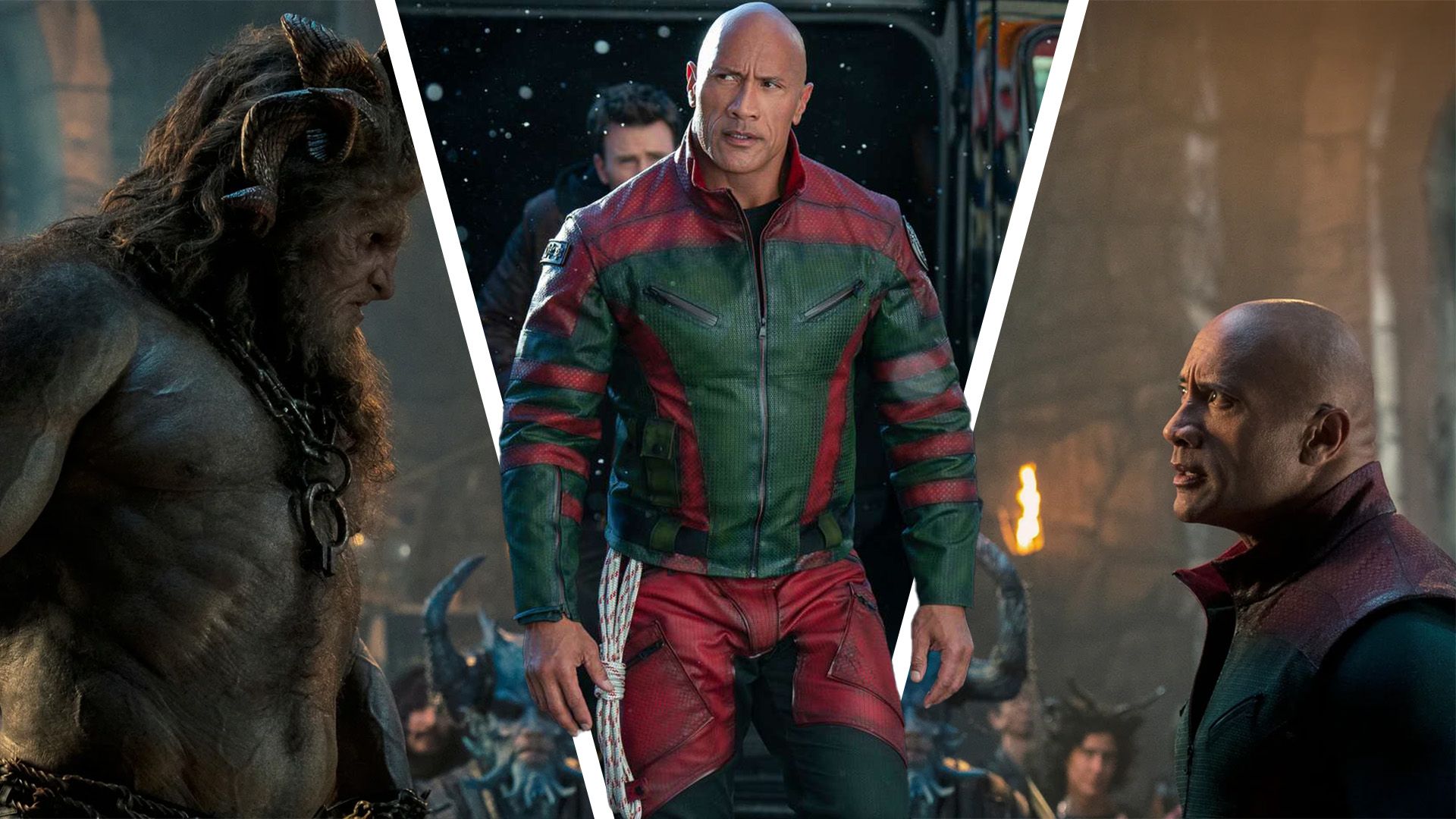In this version, “Halo” wastes no time in introducing the human race as separated into factions, the Unified Earth Government (UEG) and the Rebels. The United Nations Space Command (UNSC), the military branch of the UEG, has developed the Spartan program of super-soldiers billed as one of humanity’s greatest chances at survival against the Covenant. It is here that we are introduced to the emotional center of the series, Kwan Ah (newcomer Yerin Ha). Residing on the Outer Colony planet, Madrigal, Kwan is the teenage daughter of a rebel leader who seeks independence from the UEG.
Unfortunately, Madrigal becomes the site of a conflict between the Covenant and a group of Spartans. As the sole rebel survivor, Kwan is in desperate need of medical support and left with nowhere else to go. Luckily for her, Master Chief, the strongest and most recognizable Spartan, has been sent to Madrigal to recover a mysterious artifact. This artifact holds tremendous power that the Covenant and UNSC believe may change the outcome of the war.
What makes “Halo” an engaging video game is the ability to step into the boots of Master Chief and give waves of space aliens a shellacking. Most of the action is done in a first-person perspective and allows the player to become Master Chief—in fact, never revealing Master Chief’s true identity to this day. The television series, on the other hand, wastes no time removing Master Chief’s helmet. Underneath is actor Pablo Schreiber, probably best known for his time on Netflix’s “Orange is the New Black.” His performance in “Halo” isn’t exactly a ringing endorsement of his ability, as Master Chief is literally a blank slate behind his helmet. Schreiber has the chance to expand his performance of Master Chief into something interesting, but in the two episodes provided to critics, there isn’t much that inspires confidence. Master Chief doesn’t need to be some sad man in a suit—anyone could be behind that armor. It’s better to keep him hidden so that the audience can imprint themselves on the iconic character.
If seeing Master Chief in action is the biggest draw of “Halo,” then this series has gone in a wildly different direction. Thanks to borrowed storylines from the companion novels, there’s significant political drama weaved into the story. “Halo” seemingly has been created in a laboratory to reach the largest audience, even though it won’t satisfy anyone. Presumably, the showrunners were looking to impress hardcore fans of the franchise by including familiar planets, sounds, and characters, but also needed to bring in those looking for traditional science-fiction fare like “Star Trek.” That’s why a large portion of “Halo” is about the politics surrounding the war and the treatment of the Spartan warriors. For instance, Dr. Halsey (Natascha McElhone), a recurring Halo universe character, is depicted as an evil scientist whose sole mission is to unlock the true potential of the Spartans. This creates the ethical dilemma of stripping the soldiers of everything, thereby putting her mission in conflict with the bureaucrats who want results, but as humanly as possible.
You can view the original article HERE.






